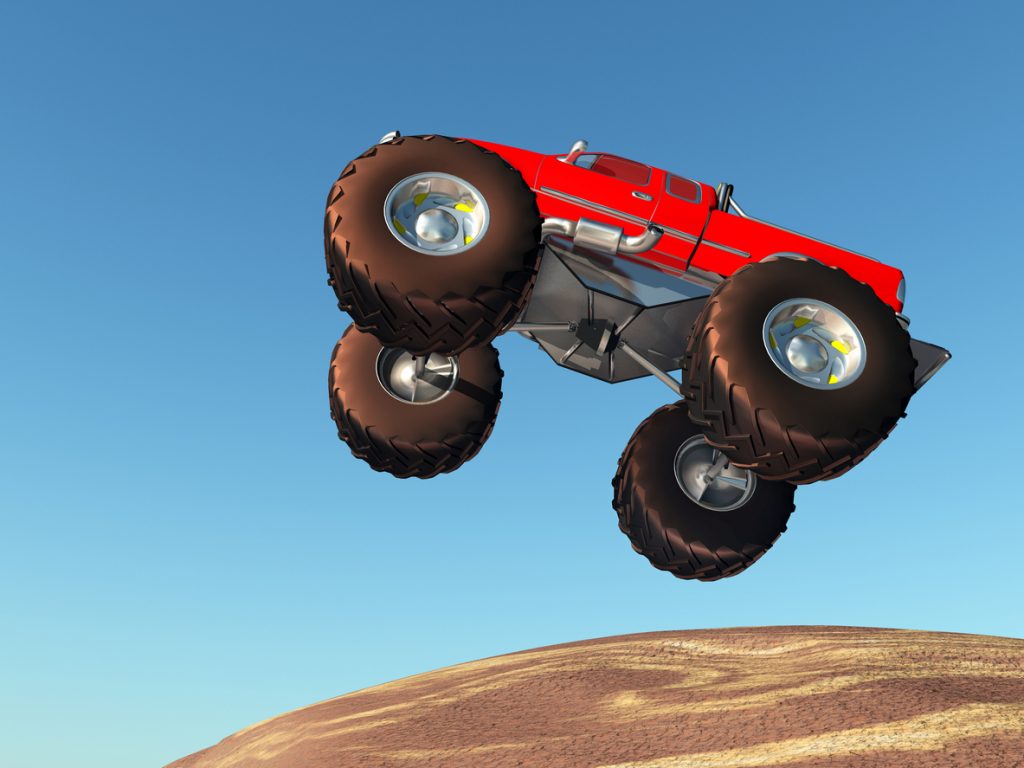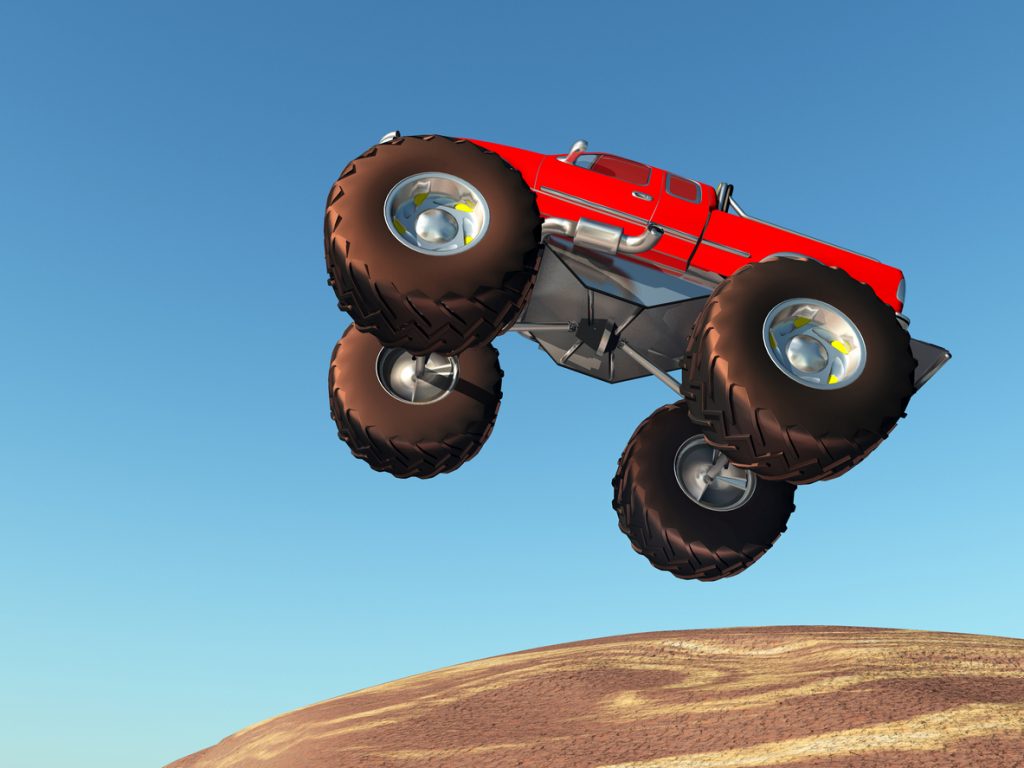Let’s take a look at all some guys in history who have been called the “father of” some notable innovation.
The Yellow School Bus
In the 1930s, ‘40s, and ‘50s, educator and writer Frank W. Cyr was one of the nation’s foremost experts on rural education, and how to properly school all those kids who lived in far-flung or remote areas. Part of that effort: busing them in. Cyr helped standardize both the operation and appearance of school buses, which made them instantly and safely recognizable to drivers. He led a conference that even determined that distinctive yellow color.
The Monster Truck
It’s only fitting to pay tribute to Bob Chandler this…Sunday, Sunday, SUNDAY! Those TV announcers proclaim in such a fashion the monster truck shows coming to your local raceway or fairgrounds. If you’re lucky, the show will contain one of the first, and still one of the most famous gigantic automobiles ever constructed: Bigfoot. Between 1975 and 1979 Bob Chandler souped-up a truck and outfitted with enormous wheels, enabling it to drive over other automobiles. The monster truck was born.
The Instant Noodle
Whatever you want to call that ultra-cheap and ultra-filling packaged, just-add-water, shelf-stable meal—instant noodles, instant ramen, or Cup of Noodles—Momofuku Ando had a hand in their creation. Ando’s native Japan endured food shortages in the years after World War II, leading the government to provide free wheat flour to citizens, which they were encouraged to use to bake bread. Ando figured noodles, historically more popular in Japan than bread, was a better option, so he developed a method of flash-flying and packaging pre-cooked wheat noodles. He founded Nissin Foods, and via the company, he began marketing his low-cost, high-calorie noodles.
Air Conditioning
The next time you step out into the hot, hot sun this week, think of Willis Carrier, the inventor of air conditioning. While working for a New York ventilation company in 1902, Carrier was assigned to cool down a book factory—it was so hot in there that the books were coming off the production line warped and unsellable. He needed to drop the temp by 30 degrees, and he figured out how while standing on a train platform one foggy day. He could dry air by passing it through water (or, as he would try out, water and ammonia), creating fog. The idea was that as the liquid evaporated, it pulled heat out of the surrounding air, thus dropping the ambient temperature. Carrier kept perfecting his idea and a decade later, modern air conditioning was born. (Also remarkable: To this day, one of the world’s leading manufacturers of AC units is his company, Carrier.)









